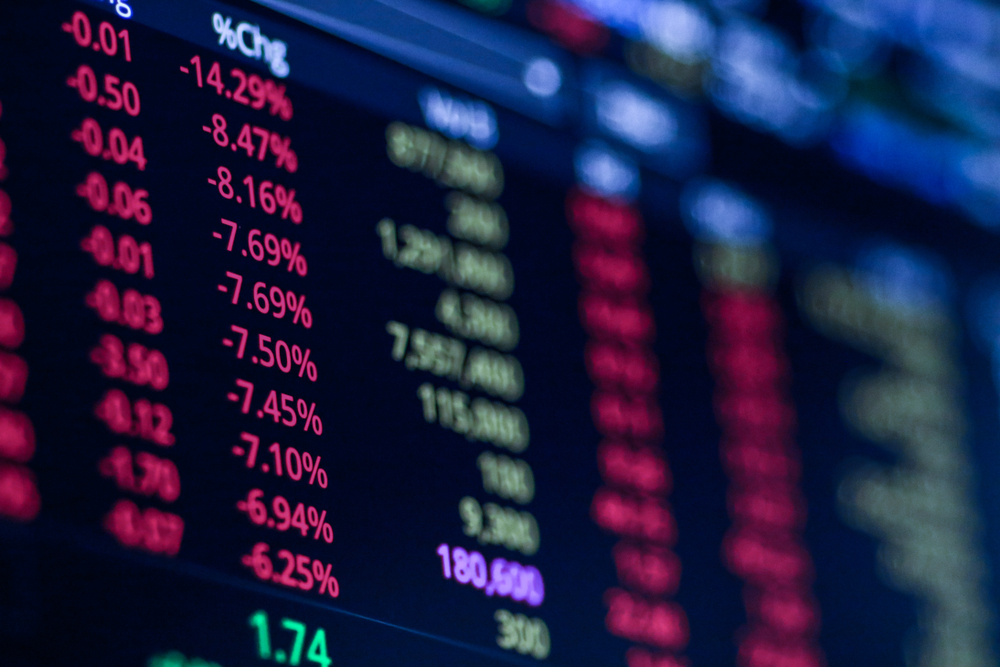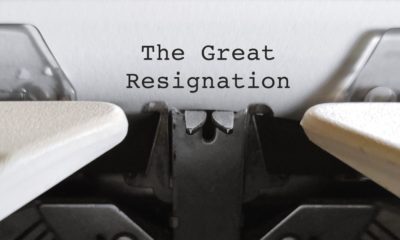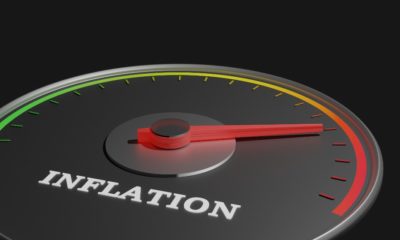Business
This Market ‘Defies Logic’

As counter-intuitive as it sounds, the stock market actually does better when unemployment rates jump. In a single week, 6.6 million more Americans lost their jobs, and the S&P 500 had its best week in 45 years.
In a recent research note, investor Ned Davis says that when the unemployment rate jumps over 6%, stocks rise 13.7% per year.
“How can this be?” Davis wrote. “It defies logic,” he added. He then explained that many follow this news and that the “market tends to look ahead. So it is probably priced in.”
Davis also says it could be that when things start going bad, the Fed usually steps in with cheap money. This helps push stocks higher.
High unemployment “can send the Fed into overdrive in terms of making money cheaper and more easily available… When the Fed helps investment-grade bond yields plunge, it has been a good buy signal for stocks.”
What Do Market Analysts Think?
Chris Low, chief economist for FHN Financial, has a slightly different take.
“Stocks are up because the damage to the economy — evident in claims — is beyond comprehension,” Low said. He then stated that “the response of the Fed is easier to understand.”
Nicholas Colas, co-founder of investment research firm DataTrek Research agrees.
“It is tempting to think that the Fed’s actions today means US stock prices will only trend higher from here: When you remove near term bankruptcy risk from every publicly held company regardless of credit rating or near-term financial condition, asset prices should rise. Markets know that no matter how bad cash flow might be there is a Fed loan backstop waiting in the wings if needed.”
Christopher Stanton, chief investment officer at Sunrise Capital Partners adds “The most powerful central bank in the world is beating you over the head and telling you, ‘we’re not letting this go any lower.”
What would be unprecedented, however, would be for the stock market to quickly plunge into a bear market, similar to what it did in March and never re-test those lows, regardless of what the Federal Reserve does to prop up the market.
According to analysts at Bank of America Global Research who studied previous bear markets during recessions, it would be “unprecedented” if the S&P 500 “failed to re-test or even fall below” its March 23 lows.
Masanari Takada, an analyst at Nomura Securities, said in a research note last week that people should view the current rally “as an unenthusiastic, inorganic bear market rally.”
He believes the rally is nothing more than a short squeeze.
“The stock market rebound across major world markets is being led by exits from bearish trades,” he said. The analyst then added that this included “a squeeze on short positions held by systematic traders.”
It would be unprecedented for the stock market to not re-test the March 23 lows. The response from the Federal Reserve, however, has been equally unprecedented.
At some point, the stock market will have to reflect the reality of what is currently happening in the economy.
With earnings season upon us, we will start getting our first clues as to how the shutdown has affected the profitability of companies here in the US.
If earnings are as bad as many expect, even the Fed might not be able to save the stock market.
Up Next:















